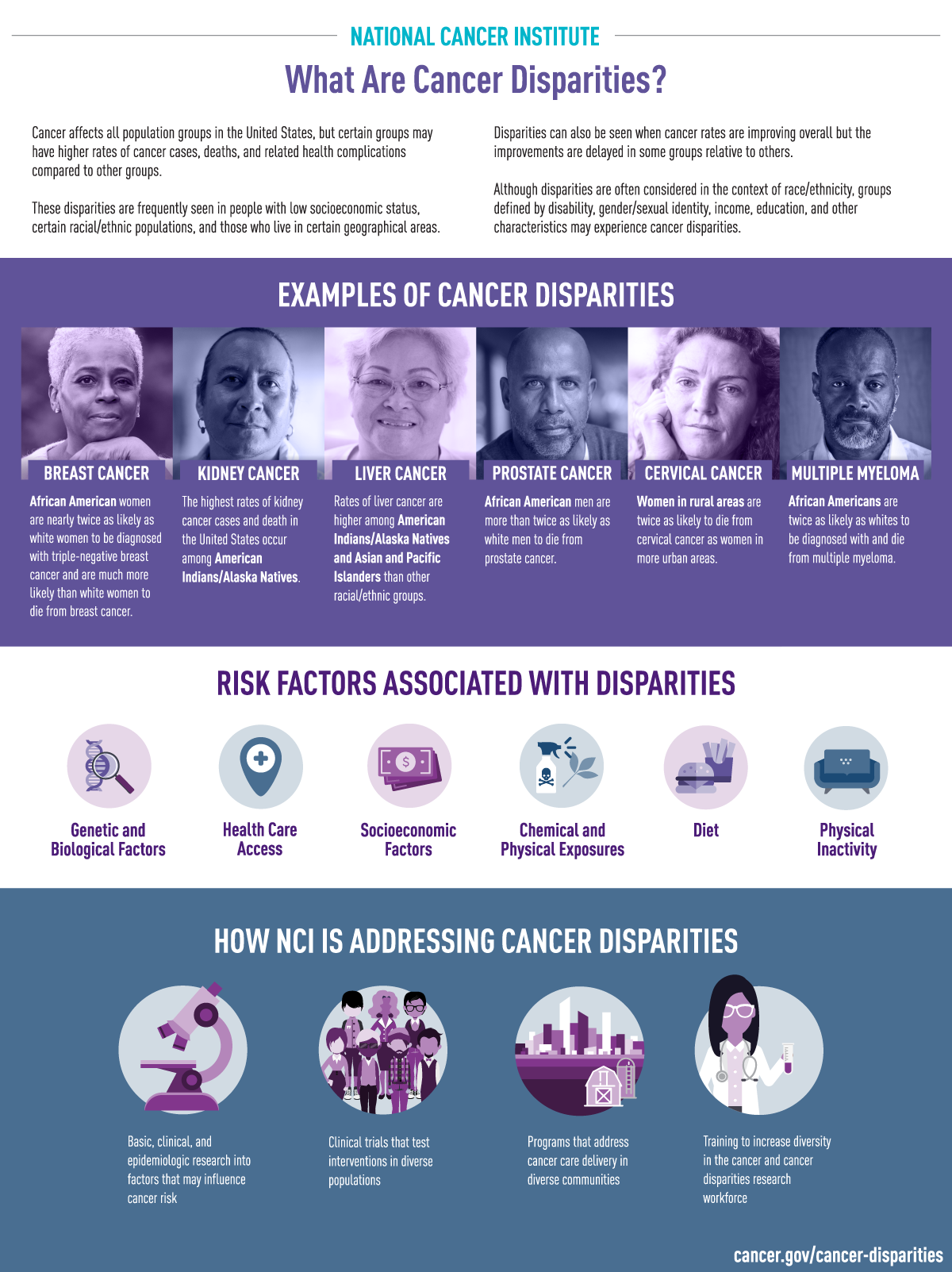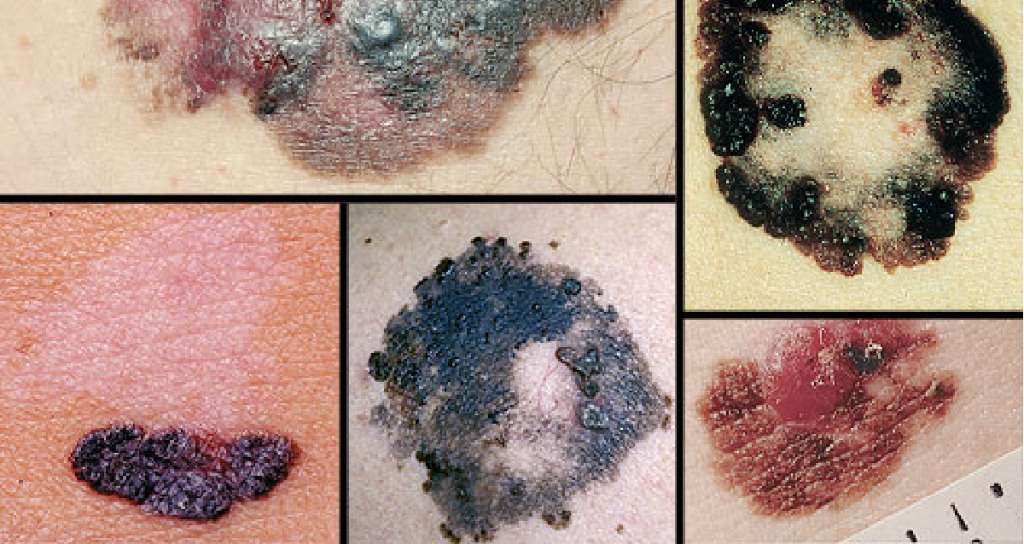
UP TO DATE INFORMATION AND NEWS RELATED TO CANCER RESEARCH AND TREATMENT FOR CANCER PATIENTS AND COMMUNITY.
TRANSLATE
Thursday, 3 May 2018
Wednesday, 2 May 2018
FDA approves new indication for CAR T-cell therapy to be use in adults with relapsed/refractory Large B-Cell lymphoma
The FDA has approved tisagenlecleucel – CART T-cell
therapy- (Kymriah) for use in adult patients with relapsed/refractory large
B-cell lymphoma—including diffuse large B-cell lymphoma (DLBCL), high-grade
B-cell lymphoma and DLBCL arising from follicular lymphoma—after 2 or more
lines of systemic therapy.
The approval is based on the phase II JULIET study, in which the CD19-directed chimeric antigen receptor (CAR) T-cell therapy reached an overall response rate (ORR) of 50% (95% CI, 38%-62%) in adult patients with relapsed/refractory DLBCL. The complete response (CR) rate was 32% and the partial response rate was 18%. The median duration of response had not been reached.
The approval is based on the phase II JULIET study, in which the CD19-directed chimeric antigen receptor (CAR) T-cell therapy reached an overall response rate (ORR) of 50% (95% CI, 38%-62%) in adult patients with relapsed/refractory DLBCL. The complete response (CR) rate was 32% and the partial response rate was 18%. The median duration of response had not been reached.
Monday, 30 April 2018
The blue tablet has the potential to be used as a treatment for rare cancers
The class of drugs currently prescribed to treat male
erectile dysfunction has been flagged for its potential to be included in new
trials for anti-cancer drugs, in a new clinical study published today in the
open access journal, the paper also explores the issue that finding new agents
able to cross the blood-brain-barrier is a challenge which severely limits the
range of drugs available to treat brain tumors. There is some evidence that
drugs not currently licensed for cancer treatment like the PDE5 inhibitors, are
able to increase permeability so that drug delivery to brain tumors is improved
- thereby potentially opening the door to new therapeutic options for patients.
The paper includes a broad range of data, pre-clinical and clinical, has been summarized and presented to make the case that these commercially available and widely used PDE5 inhibitors are very strong candidates for repurposing as anticancer agents. A number of small, early phase trials are on at present. These trials are largely based on to the strong level of clinical evidence in a number of specific indications and it is to be hoped that positive reports from these trials will be forthcoming in the future. The data are strongest for clinical trials of PDE5 inhibitors, in combination with other agents, in the following cancer types:
The paper includes a broad range of data, pre-clinical and clinical, has been summarized and presented to make the case that these commercially available and widely used PDE5 inhibitors are very strong candidates for repurposing as anticancer agents. A number of small, early phase trials are on at present. These trials are largely based on to the strong level of clinical evidence in a number of specific indications and it is to be hoped that positive reports from these trials will be forthcoming in the future. The data are strongest for clinical trials of PDE5 inhibitors, in combination with other agents, in the following cancer types:
(a) HNSCC
(b) Glioblastoma
(c) Pancreatic cancer
(d)
Medulloblastoma
(e)
Waldenstrom’s macroglobulinemia
(f)
Melanoma
Thursday, 26 April 2018
How Cancer Arises?
Cancer is a genetic disease—that is, it is caused by changes to genes that
control the way our cells function, especially how they grow and divide.
Genetic changes that cause cancer can be inherited from
our parents. They can also arise during a person’s lifetime as a result of
errors that occur as cells divide or because of damage to DNA
caused by certain environmental exposures. Cancer-causing environmental
exposures include substances, such as the chemicals in tobacco smoke, and
radiation, such as ultraviolet rays from the sun.
Each person’s cancer has a unique combination of genetic
changes. As the cancer continues to grow, additional changes will occur. Even
within the same tumor, different cells may have different genetic changes. In
general, cancer cells have more genetic changes, such as mutations in DNA, than
normal cells. Some of these changes may have nothing to do with the cancer;
they may be the result of the cancer, rather than its cause.
The genetic changes that contribute to cancer tend to affect three main
types of genes—proto-oncogenes, tumor suppressor genes, and DNA repair genes.
These changes are sometimes called “drivers” of cancer.
Proto-oncogenes are involved in normal cell growth and division. However,
when these genes are altered in certain ways or are more active than normal,
they may become cancer-causing genes (or oncogenes), allowing cells to grow and
survive when they should not.
Tumor suppressor genes are also involved in controlling cell growth and
division. Cells with certain alterations in tumor suppressor genes may divide
in an uncontrolled manner.
DNA repair genes are involved in fixing damaged DNA. Cells with mutations
in these genes tend to develop additional mutations in other genes. Together,
these mutations may cause the cells to become cancerous.
As scientists have learned more about the molecular changes that lead to
cancer, they have found that certain mutations commonly occur in many types of
cancer. Because of this, cancers are sometimes characterized by the types of
genetic alterations that are believed to be driving them, not just by where
they develop in the body and how the cancer cells look under the microscope.
Check out my last publicacion about nivolumab and advanced hepatocellular carcinoma
http://www.lupinepublishers.com/oajom/abstracts/OAJOM.MS.ID.000109.php
Wednesday, 25 April 2018
Brief history about cancer
Cancer is the second leading cause of death in the world after
cardiovascular diseases. Half of men and one third of women in the United
States will develop cancer during their lifetimes. Today, millions of cancer
people extend their life due to early identification and treatment. Cancer is
not a new disease and has afflicted people throughout the world. The word
cancer came from a Greek words karkinos to describe carcinoma tumors by a
physician Hippocrates (460–370 B.C), but he was not the first to discover this
disease. Some of the earliest evidence of human bone cancer was found in
mummies in ancient Egypt and in ancient manuscripts dates about 1600 B.C. The
world’s oldest recorded case of breast cancer hails from ancient Egypt in 2500
-3000BC and it was recorded that there was no treatment for the cancer, only
palliative treatment. The details were recorded on a papyrus, documenting 8
cases of tumors occurring in the breast. It was treated by cauterization, a
method to destroy tissue with a hot instrument called “the fire drill”. There is
evidence that the ancient Egyptians were able to tell the differences between
malignant and benign tumors. According to inscriptions, surface tumors were
surgically removed in a similar manner as they are removed today.
Tuesday, 24 April 2018
Subscribe to:
Comments (Atom)



